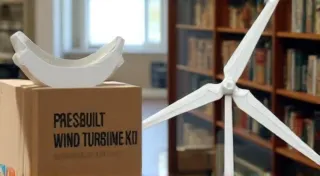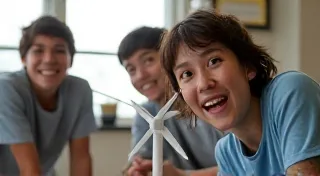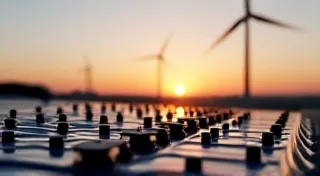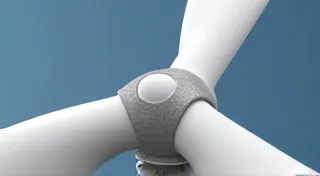Legal and Regulatory Aspects of Small-Scale Wind Turbines
Building your own small-scale wind turbine is a fantastic way to harness renewable energy and reduce your environmental impact. However, before you start hammering and soldering, it's absolutely crucial to understand the legal and regulatory landscape. Ignoring these aspects can lead to fines, forced shutdowns, and a lot of wasted effort. This article outlines key considerations to navigate the permitting and zoning process for your DIY wind turbine project.
Zoning Regulations: The Foundation of Compliance
Zoning regulations are the most common hurdle for small-scale wind turbine installations. These regulations dictate how land can be used and often have specific rules regarding structures like wind turbines. Key zoning aspects to research include:
- Height Restrictions: Most jurisdictions have limits on how tall structures can be. Your wind turbine’s tower height will likely be a major factor.
- Setback Requirements: These rules specify how far a structure must be from property lines, roads, and neighboring buildings. Wind turbines, especially with rotating blades, often have stricter setback requirements.
- Noise Ordinances: Wind turbines generate noise, which can be a significant concern for neighbors. Noise level limits are common and require careful planning and potentially sound mitigation measures. Understanding how to minimize noise is essential, and techniques for wind turbine noise reduction can make a significant difference in gaining community acceptance.
- Aesthetics and Visual Impact: Some jurisdictions are concerned about the visual impact of wind turbines on the landscape. This can involve restrictions on color, placement, and overall appearance.
- FAA Regulations (if applicable): If your turbine will be tall enough to pose a hazard to aviation, you might need to coordinate with the Federal Aviation Administration (FAA). This is less likely for truly small-scale projects, but important to check.
How to Research Zoning: Contact your local planning and zoning department. They can provide you with a copy of the relevant ordinances and answer your specific questions. Be prepared to provide details about your proposed turbine (height, location, power output). Many jurisdictions have online resources.
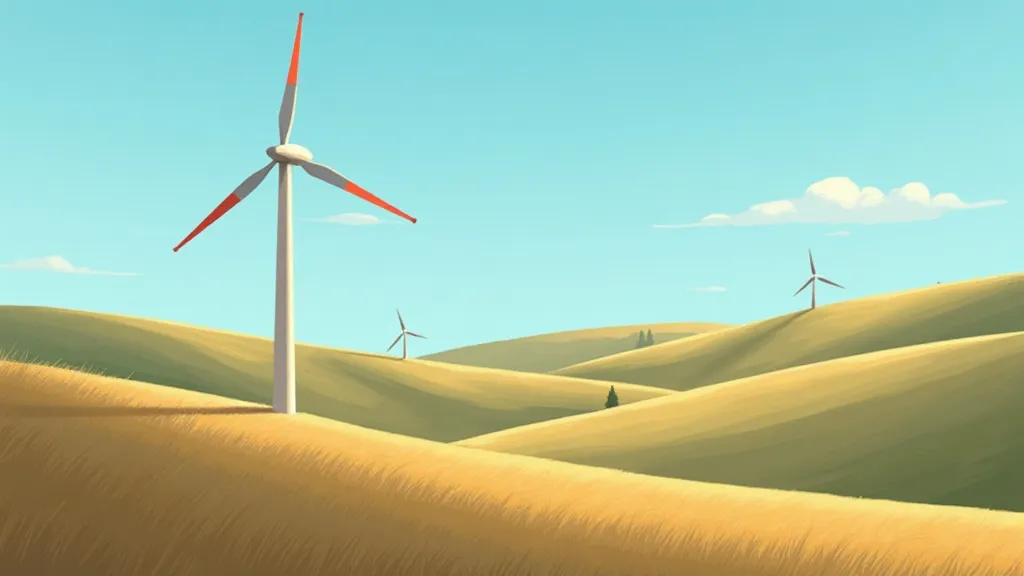
Permitting Process: Step-by-Step Compliance
Once you understand the zoning regulations, you're ready to apply for permits. The permitting process typically involves:
Homeowners Associations (HOAs) and Covenants
If you live in a community governed by a Homeowners Association (HOA) or have covenants on your property, you'll need to obtain their approval *before* seeking permits from the local government. HOA rules can be very restrictive and may prohibit wind turbines altogether or impose specific design requirements. Review your HOA documents carefully and communicate with them early in the process. This early communication is vital to avoiding disputes later on. They might also have specific concerns regarding the longevity and maintenance requirements, something you can address proactively with resources on wind turbine maintenance.
Building Codes & Electrical Codes
Your wind turbine installation must also comply with local building codes and electrical codes. These codes ensure the safety of the structure and the electrical system. This might involve inspections during the installation process. Safety should be your top priority, especially given the mechanical and electrical components involved. Proper installation and adherence to codes are crucial to preventing accidents.
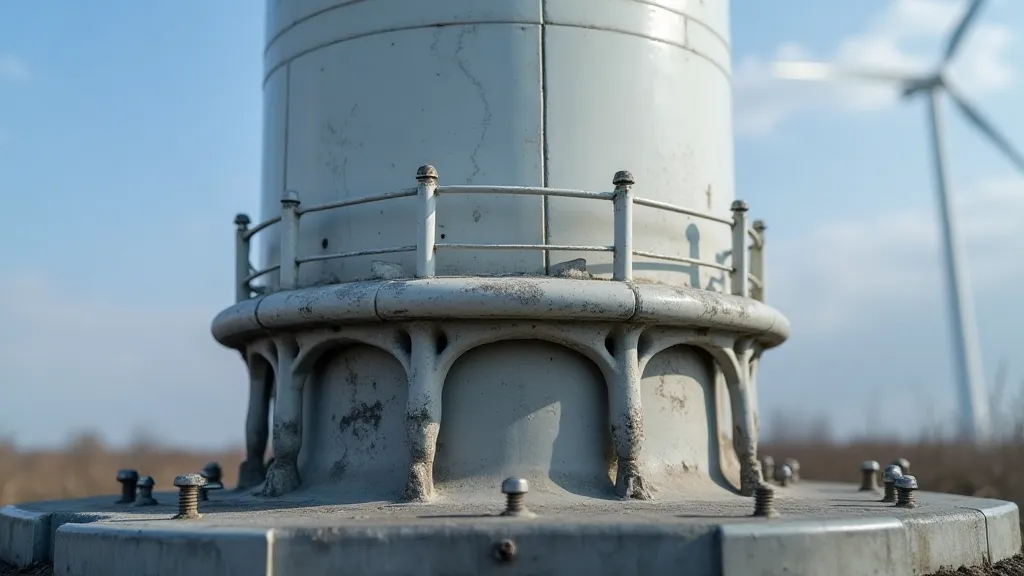
Renewable Energy Incentives and Tax Credits
Many states and local governments offer incentives and tax credits to encourage the use of renewable energy. Research available programs to help offset the cost of your wind turbine project. These incentives can vary significantly, so it's essential to investigate thoroughly. This can include rebates on equipment costs, tax credits, or net metering opportunities. Understanding the long-term operational costs and potential for revenue generation requires careful consideration of energy efficiency and maintenance schedules. This is where a proper maintenance plan, ensuring optimal performance and extending the turbine’s lifespan, becomes even more valuable.
Common Pitfalls to Avoid
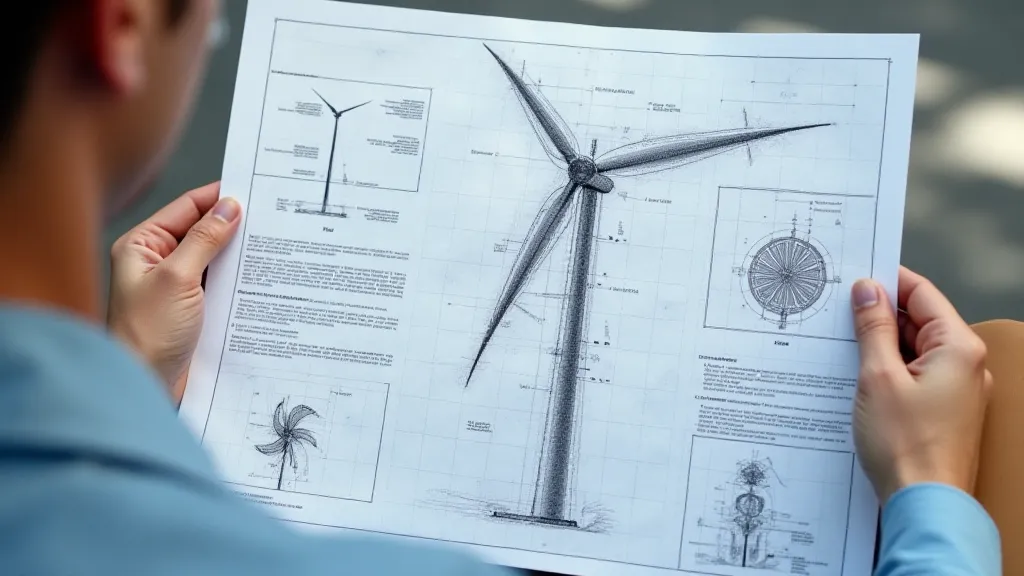
Beyond the Basics: Advanced Considerations
While navigating the legal and regulatory hurdles is essential, there are additional aspects to consider for a truly successful small-scale wind turbine project. These include:
- Wind Resource Assessment: Before investing in a turbine, conduct a thorough assessment of your location’s wind resource. This will help determine the turbine’s potential energy output and ensure its economic viability.
Conclusion
Building your own small-scale wind turbine can be a rewarding experience, but navigating the legal and regulatory aspects is paramount. By understanding zoning regulations, following the permitting process diligently, and engaging with your community, you can increase your chances of a successful and legally compliant project. Thorough research and proactive communication are your greatest assets. Remember to prioritize safety throughout the process and be prepared for the ongoing responsibilities of owning and maintaining a renewable energy system. With careful planning and execution, you can contribute to a cleaner environment and enjoy the benefits of self-generated power.
